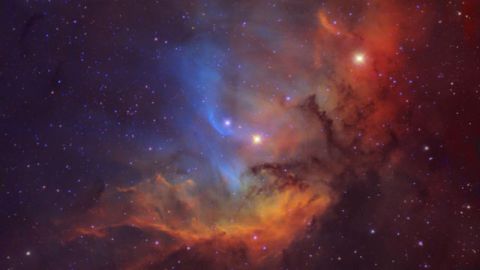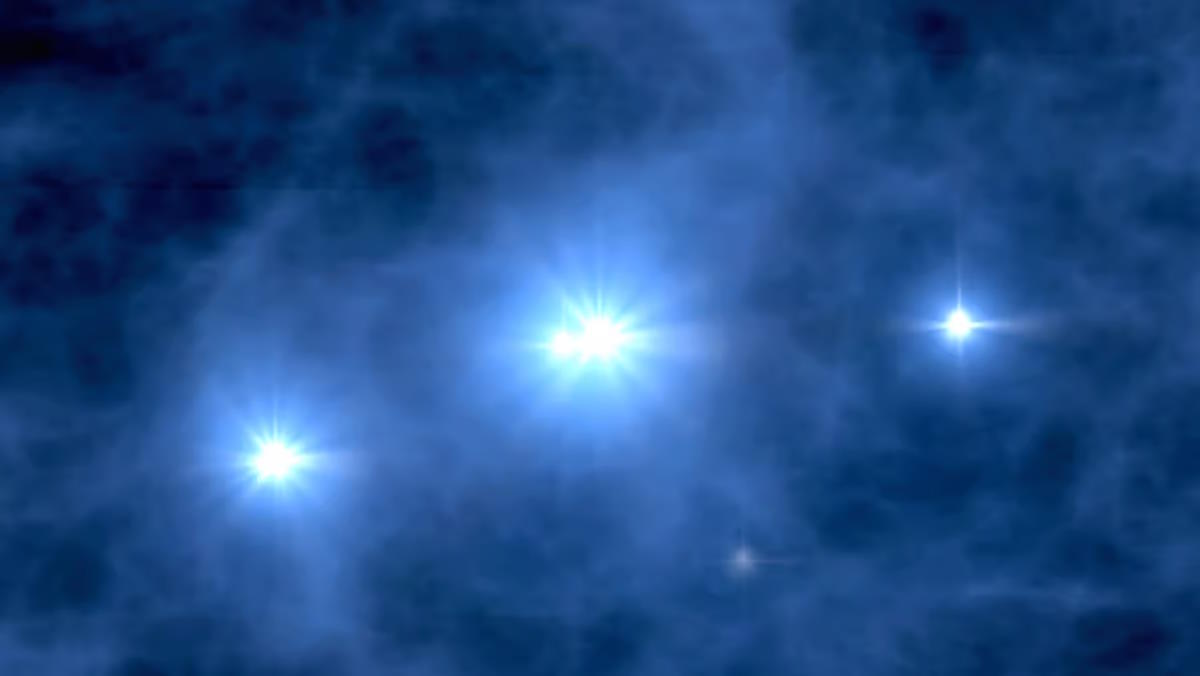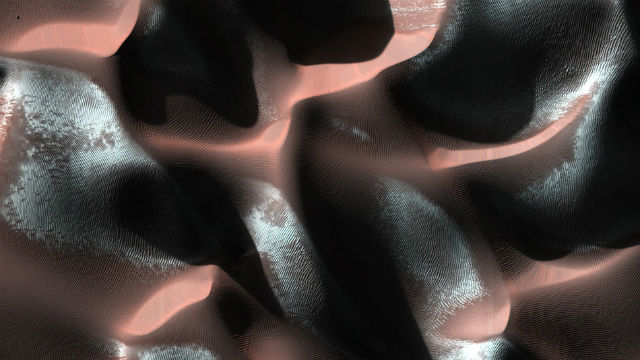The Tulip in the Swan

A “swan” and “tulip” combine to form this beautiful image. The Tulip Nebula is in the constellation Cygnus the Swan.
NASA explains:
Framing a bright emission region this telescopic view looks out along the plane of our Milky Way Galaxy toward the nebula rich constellation Cygnus the Swan. Popularly called the Tulip Nebula the glowing cloud of interstellar gas and dust is also found in the 1959 catalog by astronomer Stewart Sharpless as Sh2-101. About 8,000 light-years distant the nebula is understandably not the only cosmic cloud to evoke the imagery of flowers. The complex and beautiful nebula is shown here in a composite image that maps emission from ionized sulfur, hydrogen, and oxygen atoms into red, green, and blue colors. Ultraviolet radiation from young, energetic O star HDE 227018 ionizes the atoms and powers the emission from the Tulip Nebula. HDE 227018 is the bright star very near the blue arc at image center.
Image credit: NASA





